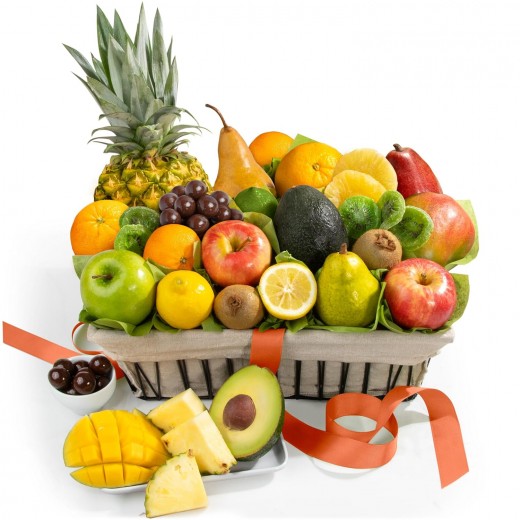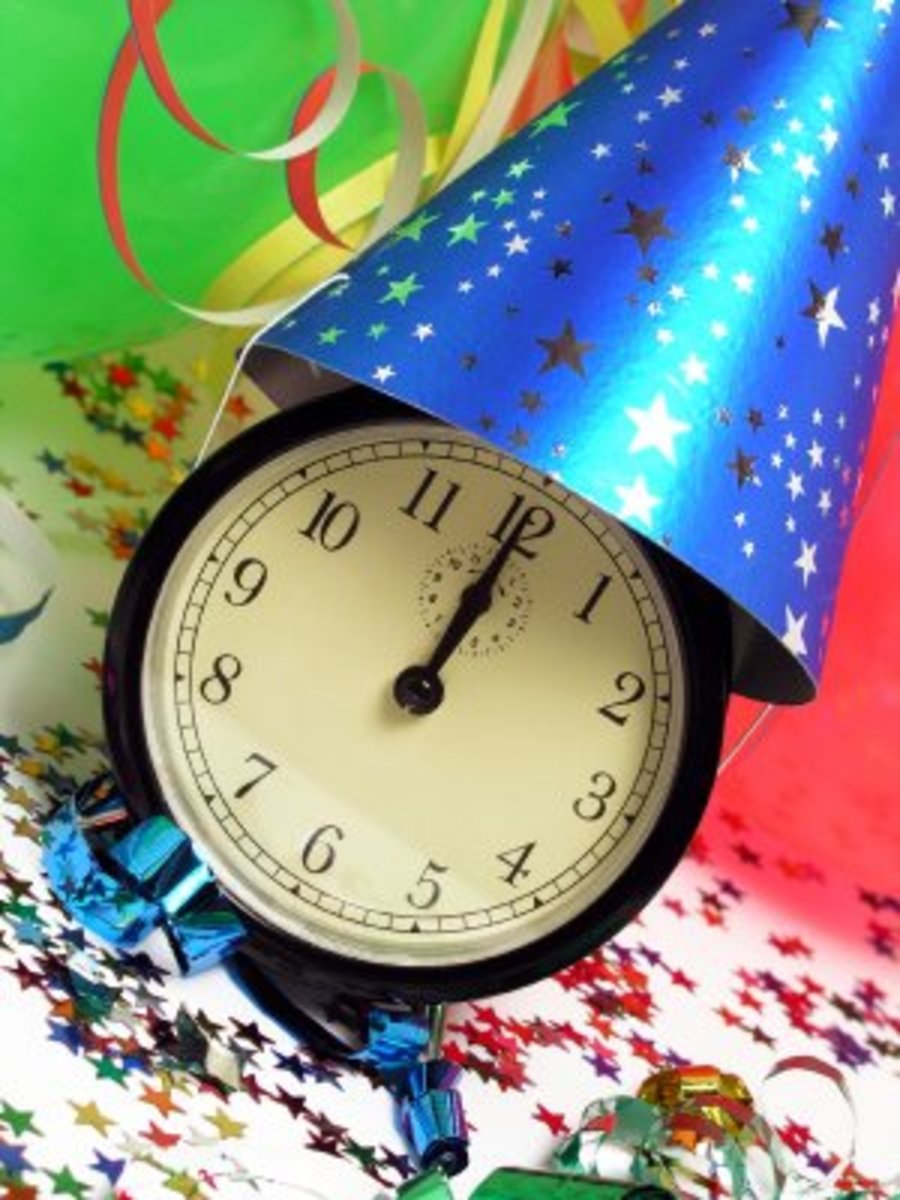Celebrating New Year's Eve the Filipino Way
New Year in the Philippines stands as a prominent festival, steeped in rich traditions and cultural practices that have been handed down through generations and celebrated with grandeur.
Filipinos adhere to numerous traditions and superstitions, particularly when welcoming a prosperous New Year. While some may dismiss these customs, others faithfully observe them, fearing that neglecting them may invite misfortune for the year ahead.

The Philippines boasts a plethora of intriguing beliefs associated with New Year's Eve. While some may view these beliefs as amusing or irrelevant, they hold significant cultural weight, having been transmitted through generations, and remain steadfastly believed by many.
It can be challenging to disregard traditions, especially when they've been ingrained in one's beliefs for so long.I also feel compelled to share these customs with the world, particularly for those who may wish to experience the festive season in the Philippines someday.
While each country and region may have its own unique customs and beliefs surrounding the New Year, we all share the common aspiration for a prosperous year ahead.
These traditions have long been an integral part of Filipino life, many of them influenced by Chinese culture. However, above all, New Year's in the Philippines is a time of jubilation and merriment as we eagerly welcome the dawn of a new year.
Here are some of the prevalent beliefs and traditions observed in our community when welcoming the New Year. And as the clock strikes midnight on December 31st, these beliefs come to life...
The Food
- The table should feature 12 round fruits, symbolizing each month of the year. Ideally, these fruits should be varied, such as oranges, grapes, cantaloupe, and watermelon, all ripe and sweet.
- Pancit or noodles are included for longevity.
- Traditional delicacies like biko, made from sticky rice, are served to ensure good fortune remains throughout the year.
- Additionally, beef, chicken, vegetables, fish, rice, spices, sugar, and salt must be present to maintain balance and completeness in the meal.
- A Gift Inside Tropical Abundance Fruit Basket
An exotic fresh fruit basket full of warm climate cheer. Three varieties of pears, two varieties of apples, sweet citrus - naval oranges and mandarins.

The Outfit
- Adorn polka-dotted attire and green shirts, as green symbolizes wealth, and anything round signifies prosperity.
- Some individuals opt to wear the designated Year Color for added good luck.
Other Things
- Leap twelve times precisely at the stroke of midnight to supposedly increase your height.
- Scatter coins around the house, including on tables, chairs, and in drawers.
- Settle all debts before the New Year and ensure your coin purse and wallets are filled with bills and coins, as Filipinos believe that your financial status on New Year's will extend into the coming year.
- Place coins and bills in your pockets to ensure a prosperous start to the New Year.
- Families and friends come together for a New Year countdown.
- Illuminate all lights in your home to symbolize a brighter year ahead.
- No New Year celebration is complete without fireworks. Even young children light up Watusi, small dancing firecrackers on concrete and cemented sidewalks.
- Create noise to ward off evil spirits from your home by tapping kettles, pots, and cauldrons to make as much noise as possible.
- Start the engines of your cars and motorcycles for noise and to ensure they remain in good condition throughout the year.
- Embrace and ask the blessing of your parents, grandparents, uncles, and aunties by kissing them and placing their hands on your forehead while wishing them a Happy New Year.
These traditions continue to resonate deeply within the hearts and souls of every Filipino.

This content is accurate and true to the best of the author’s knowledge and is not meant to substitute for formal and individualized advice from a qualified professional.








